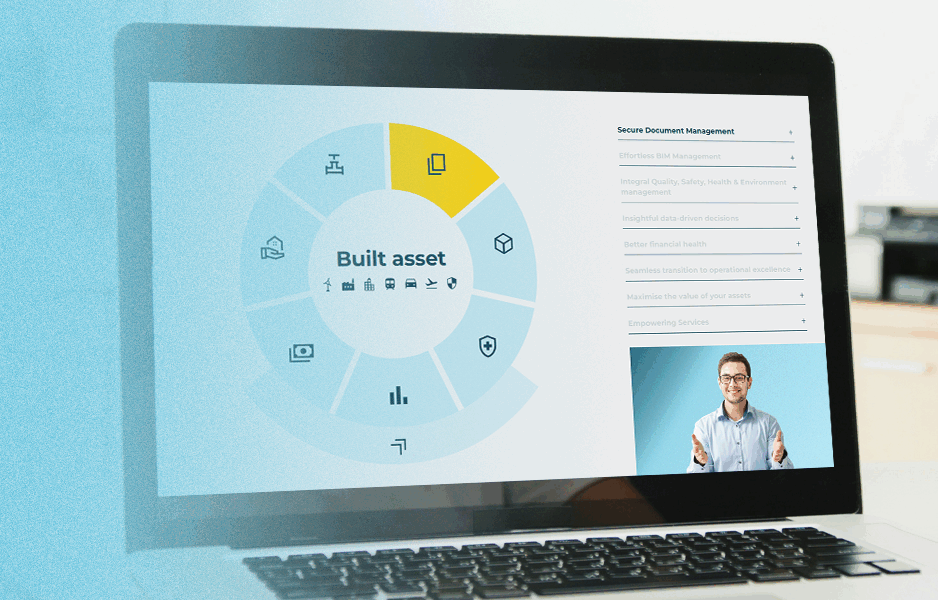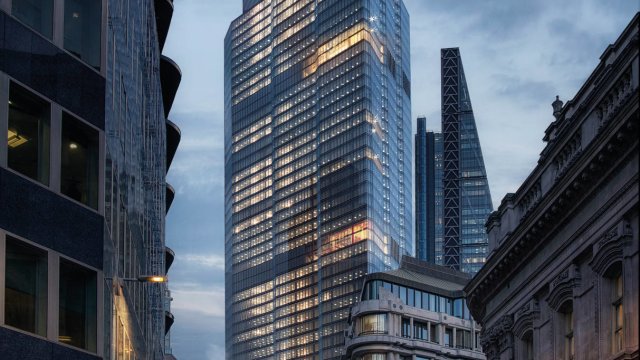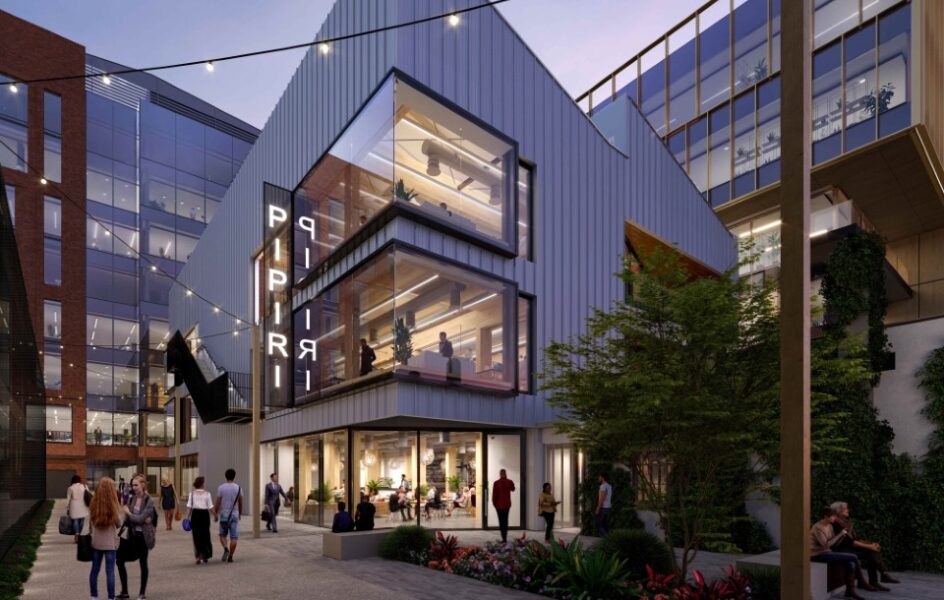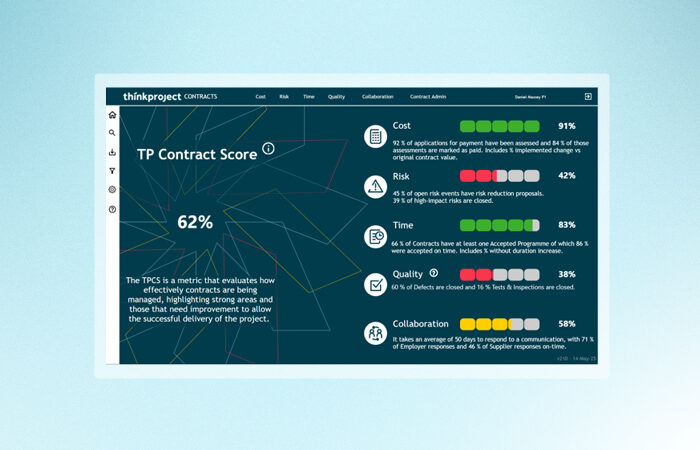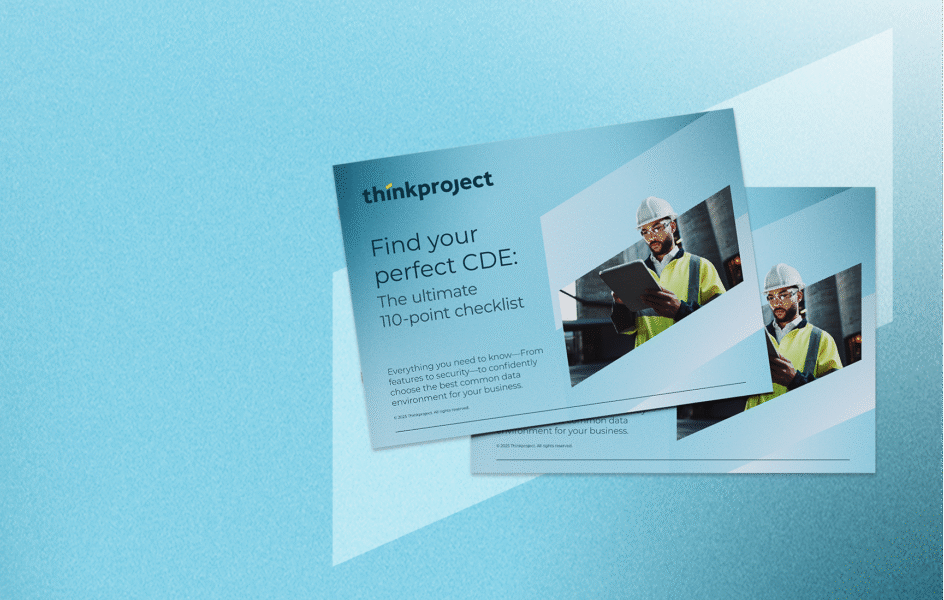
BIM vs VDC: Differences between Building Information Modeling and Virtual Design
BIM vs VDC
Technology is now transforming how projects are planned, managed and delivered. In the construction industry, this transformation is driven by two important concepts: Building Information Modeling (BIM) and Virtual Design and Construction (VDC).
While these terms are sometimes used interchangeably, they represent different — but complementary — approaches to improving project outcomes. In this article, we’ll break down the essentials of BIM vs VDC, explore how they differ, and explain why understanding both is crucial for anyone involved in the construction or built asset industry.

What is BIM (Building Information Modeling)?
Building Information Modeling (BIM) is the process of creating and managing digital representations of the physical and functional characteristics of a building. BIM technology allows architects, engineers and construction professionals to collaborate on a single, unified model that includes detailed 3D geometry and rich data.
Beyond simple 3D modeling, BIM integrates various layers of information — such as materials, costs, scheduling and maintenance details — into the digital design. This makes it possible to simulate the building’s performance throughout its entire lifecycle, from early design concepts to demolition.
What is VDC (Virtual Design and Construction)?
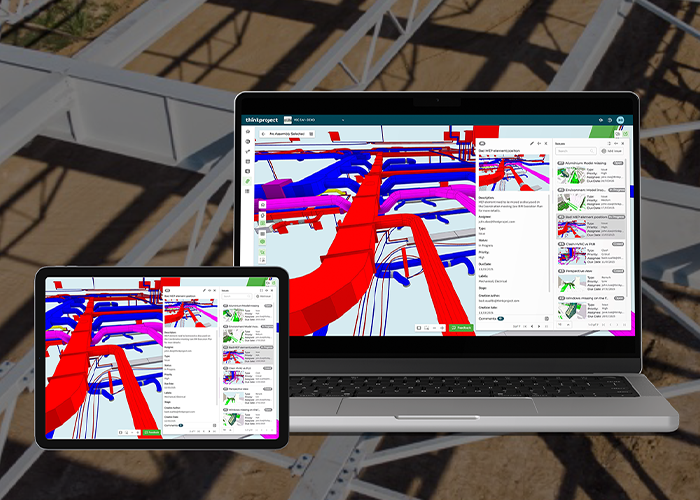
Virtual Design and Construction (VDC) is a broader methodology that focuses on the management of integrated multidisciplinary performance models of design-construction projects. While BIM is a critical component within VDC, VDC also includes processes, schedules, budgets, and coordination between teams.
A VDC software or solution is a digital tool that integrates 3D modeling, scheduling, and cost management to plan, visualize, and coordinate all aspects of a construction project before and during its execution. It uses technologies like BIM alongside project management practices to visualize construction logistics, predict challenges, optimize planning, and enhance project delivery. It allows project teams to virtually simulate the construction process before it even begins on-site. Key elements of VDC include:
- 3D modeling (using BIM)
- 4D scheduling
- 5D cost estimation
- Risk analysis and mitigation
BIM vs VDC: Key differences
While Building Information Modeling and Virtual Design and Construction are closely related, they are not the same. Here’s a simple breakdown of their main differences:
BIM | VDC | |
|---|---|---|
Focus | Digital model creation and management | Project workflow and process management |
Scope | Primarily design and data management | Full project lifecycle (design, scheduling, cost, logistics) |
Nature | A tool/technology | A methodology/process |
Primary Use | Building models and data sharing | Optimizing project delivery and performance |
In short, BIM provides the digital tools, while VDC uses those tools — and more — to ensure a project is executed as efficiently as possible.
To look at it in another way – BIM is a just chapter, while VDC is an entire book. While BIM is nowadays necessary in construction, it is Virtual Design in Construction (VDC) that takes construction projects to the next level through its comprehensive approach.
How BIM and VDC work together
Rather than thinking of BIM vs VDC as a competition, it’s better to view them as complimentary partners. Building Information Modeling provides the digital backbone of project data, while Virtual Design and Construction leverages that data to optimize project outcomes.
For example, a project team might use BIM software to create a detailed model of a hospital. Then, using VDC methods, they simulate the construction sequence, analyze material logistics, plan the workforce, and coordinate subcontractors — all before the first brick is laid.
Why understanding the difference matters
Clear knowledge of BIM vs VDC helps project teams set realistic expectations and choose the right strategies. When team members understand that BIM is primarily about creating intelligent building models, and VDC is about managing the overall project using those models (and more), communication improves and projects are smoother.
It also allows organizations to invest wisely — choosing the right tools and training for BIM and implementing VDC processes where they will have the greatest impact on project outcomes.
Virtual Design and Construction Management with Thinkproject
Thinkproject’s Virtual Design and Construction Management solution streamlines project management by improving design coordination, ensuring model accuracy, and managing Building Information Modeling (BIM) quality. Key features include:
- Design coordination
- Model assurance
- BIM quality management
- Model visualization
- Collaborative review and issue management
These tools facilitate real-time collaboration, improve model accuracy, and enhance communication among project stakeholders. The platform also supports construction planning and sequencing (4D) and information take-off and cost estimation (5D).
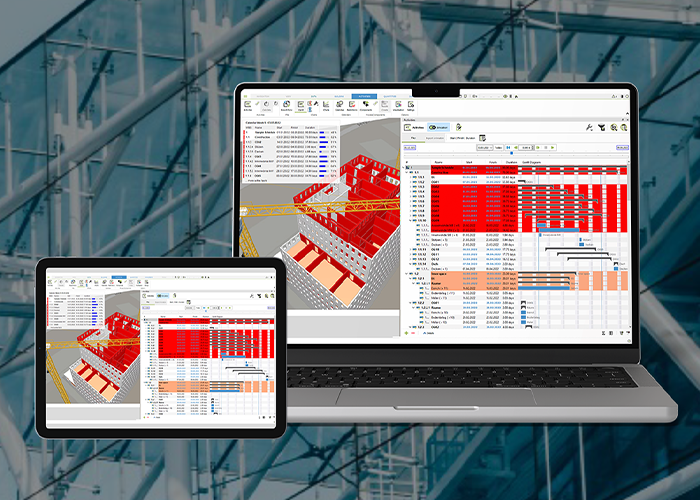
FAQs
What is the difference between BIM and VDC?
BIM is the creation of a digital model containing building data, while VDC is the management approach that uses BIM and other processes to optimize project delivery.
Is VDC the same as BIM?
No, VDC is broader. It uses BIM models but also includes project management elements like scheduling, cost estimation, and construction logistics.
Why is VDC important in construction?
VDC improves collaboration, identifies risks earlier, streamlines scheduling, and enhances project efficiency, helping to deliver better outcomes.
Join our newsletter
Stay up to date with the latest product updates, webinars, events and news from Thinkproject by joining our newsletter.
